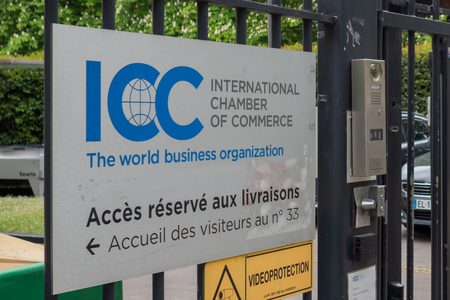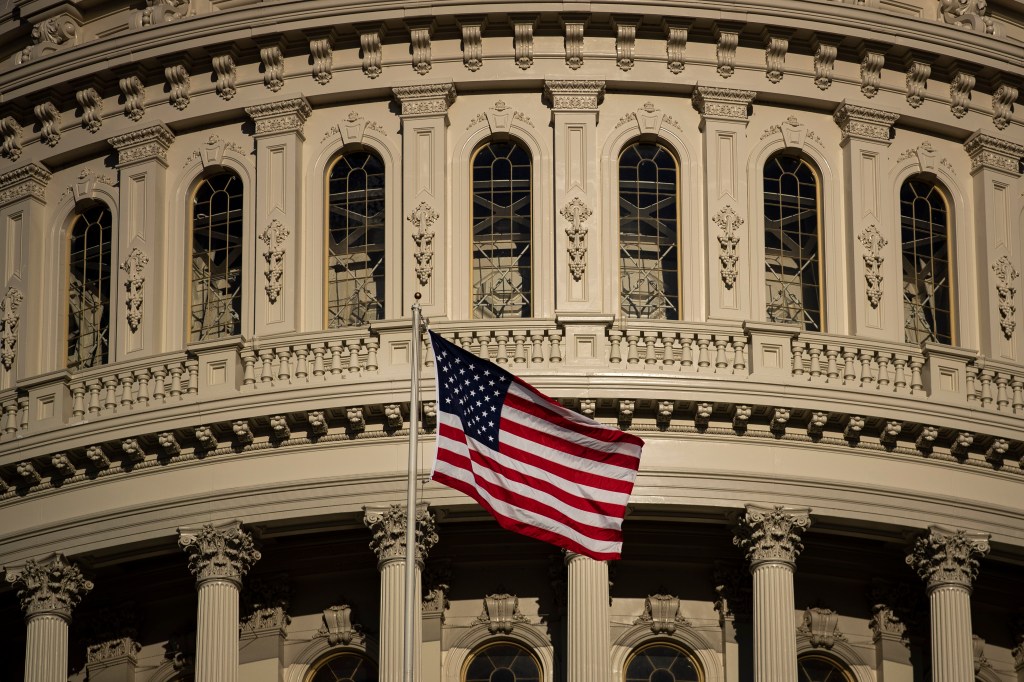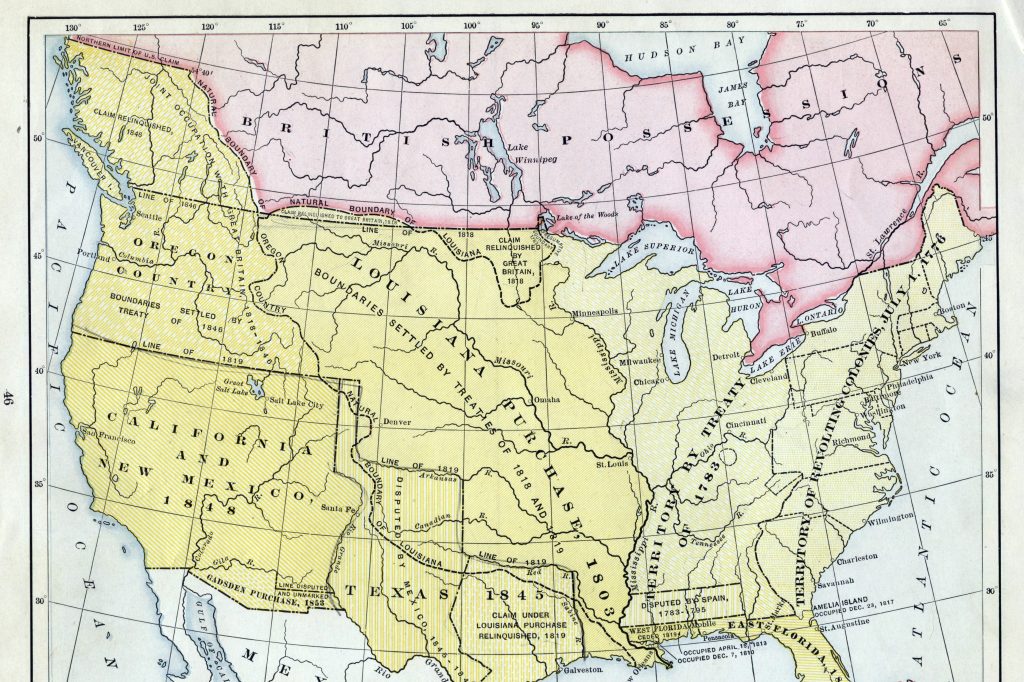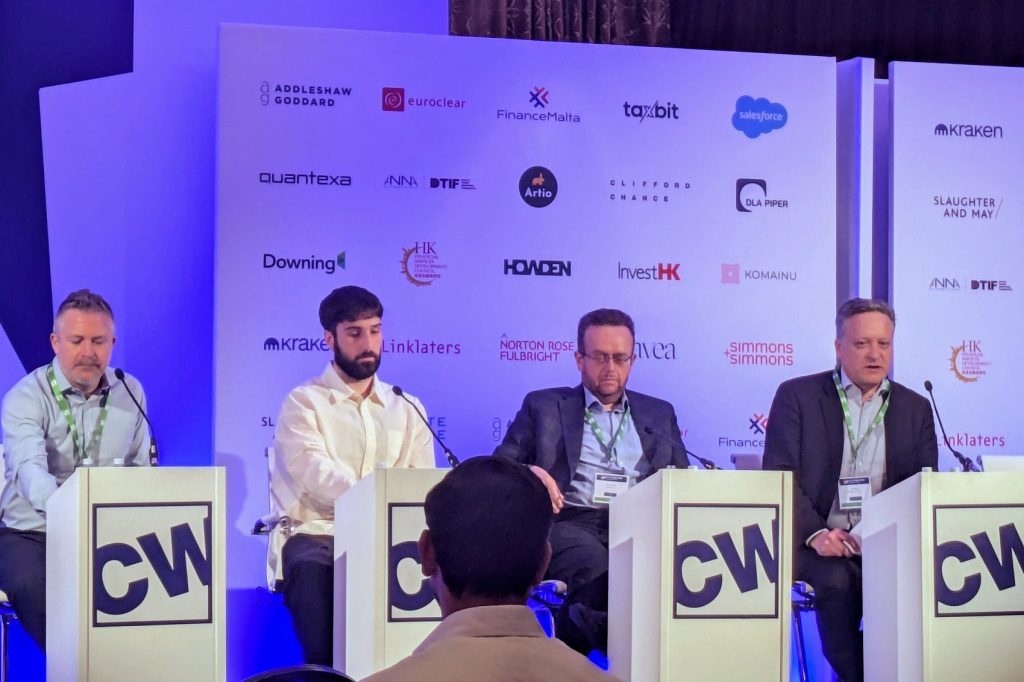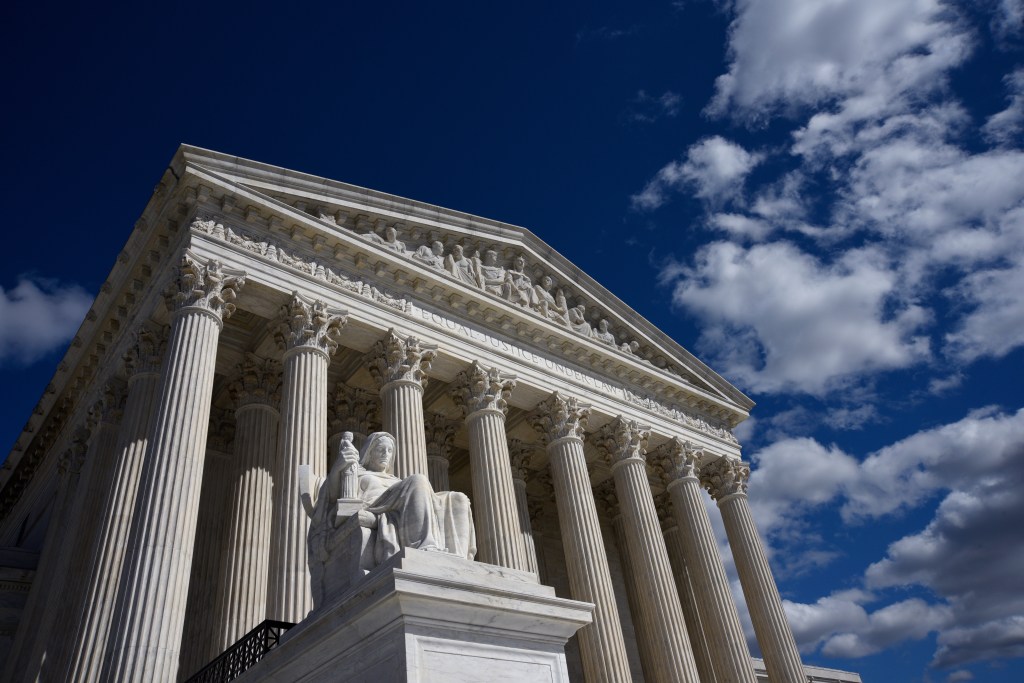Shareholders can’t sue a company for not disclosing the risks or trends that might have a material impact on its business, the US Supreme Court ruled last Friday.
In a unanimous decision, justices for the court found that Macquarie Infrastructure couldn’t be held liable by investors for securities fraud by failing to disclose how a United Nations regulation on fuel oil might affect the bottom line of the terminals it operates to store bulk liquid commodities.
The ruling, which reverses a decision by the US Court of Appeals for the Second Circuit, is part of a trend by the high court to limit civil liability for securities fraud. It will likely benefit SEC-regulated companies, as it squashes what would have been another way for litigants to bring costly securities actions – pure-omission claims.
Pure omissions and Rule 10b-5(b)
More specifically, the Court held that Rule 10b-5(b) does not support a “pure omissions” theory based on an alleged failure to disclose material information required by Item 303 of SEC Regulation S-K (management’s discussion and analysis of financial condition and results of operations, or MD&A).
Instead, a failure to disclose information required by MD&A can support a Rule 10b-5(b) claim only if the omission renders the affirmative statements the company made misleading.
While the decision arose in the context of Item 303, which requires disclosure of “known trends and uncertainties” that have had or are “reasonably likely” to have a material impact on net sales, revenues or income from continuing operations, the decision supports the broader principle that Rule 10b-5(b) does not support pure omissions theories based on alleged violation of any disclosure requirement.
‘Misleading without further disclosure’
The Macquarie case involved Macquarie’s alleged failure to disclose the impact of prospective United Nations regulations, which were expected to dramatically reduce demand for the infrastructure-related business of an affiliate.
Moab Partners claimed that the impact of the prospective regulation constituted a “known trend or uncertainty” required to be disclosed under Item 303, but Moab did not identify an affirmative statement by Macquarie that was rendered misleading by the omission of that information.
Macquarie argued that a failure to disclose information required by Item 303, alone, could not serve as the basis for private fraud litigation under Rule 10b-5(b).
The Second Circuit allowed the investor lawsuit to proceed based on that failure to comply with Item 303. Macquarie appealed, requesting that the Supreme Court clarify that Section 10(b) liability “arises only where a company makes a statement that is untrue or misleading without further disclosure – not when the company allegedly fails to make all disclosures required by SEC rules.” (Italics added.)
The high court said that fraud rule allows for shareholders to sue over “half-truths” and not “pure omissions”.
The Supreme Court’s analysis began with the text of Rule 10b-5(b), which makes it unlawful for issuers to “make any untrue statement of a material fact or to omit to state a material fact necessary in order to make the statements made, in the light of the circumstances under which they were made, not misleading”.
The Court explained that this rule “accomplishes two things.” It prohibits (i) “false statements or lies,” and (ii) “omitting a material fact necessary to make the statements made … not misleading”. The Court determined that the second prohibition bars only “half-truths” and does not extend to pure omissions.
Rule 10b-5(b) “does not proscribe pure omissions” because it prohibits only the omission of “material facts necessary to make the ‘statements made … not misleading’”. Thus, issuers need only disclose information necessary to ensure that “statements made are clear and complete”, the Justices said.
(Sidenote: A different regulation – Section 11 of the Securities Act of 1933 – might provide Moab an avenue for its argument about the non-disclosure of possible risks, though; and the Supreme Court noted this fact.)
Deeper dive
In 2016, the UN’s International Maritime Organization adopted a regulation capping the sulfur content of the fuel oil used in shipping beginning in 2020. Macquarie Infrastructure didn’t disclose the impending regulation to investors in the years following the IMO’s decision. The regulation eventually caused a drop in the amount of space contracted from Macquarie Infrastructure for the storage of the fuel oil.
When the company announced the drop in February 2018, its stock price fell 41%, according to details in the Supreme Court case decision.
Macquarie Infrastructure was sued by Moab shareholders who argued the company’s statements had been misleading because Macquarie Infrastructure had concealed from investors that its subsidiary’s single largest product was facing a near ban.
Specifically, Moab accused Macquarie Infrastructure of violating a securities fraud rule prohibiting public companies from making “any untrue statement of a material fact” or omitting “a material fact necessary in order to make the statement made … not misleading”.
But, again, the high court said that fraud rule allows for shareholders to sue over “half-truths” and not “pure omissions”.
GRIP comment
The decision leaves open some questions about the impact of this decision on such things as climate-change disclosure. Has the Supreme Court just lowered the risk of Rule 10b-5(b) liability based on pure omissions theories when it comes to climate risk?
I am not sure it matters too much. The Court’s decision does not foreclose businesses from filing claims concerning Item 303 of Regulation S-K under a “half-truths” theory, as the Court said such claims are permitted under Rule 10-b when the information omitted from MD&A renders other statements it has made misleading.
And a pure omissions theory remains viable under Section 11 of the Securities Act, as noted above.
Plus, this was a private right of action and pertains only to those cases. SEC-registered firms are still subject to SEC review and enforcement action regarding omissions in MD&A, so they need to stay vigilant about any their disclosures – and non-disclosures.
But the decision helps rein in and add more of a focus to future litigation, framing Rule 10b-5(b) challenges around the significance of omitted information to existing statements.






